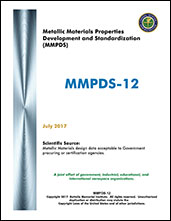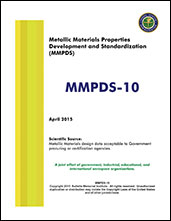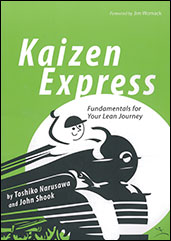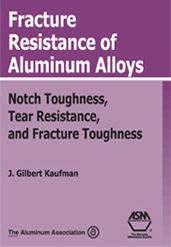Book
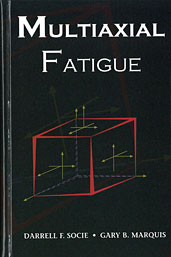
Multiaxial Fatigue
1999-12-15
This book provides practicing engineers, researchers, and students with a working knowledge of the fatigue design process and models under multiaxial states of stress and strain. Readers are introduced to the important considerations of multiaxial fatigue that differentiate it from uniaxial fatigue.



